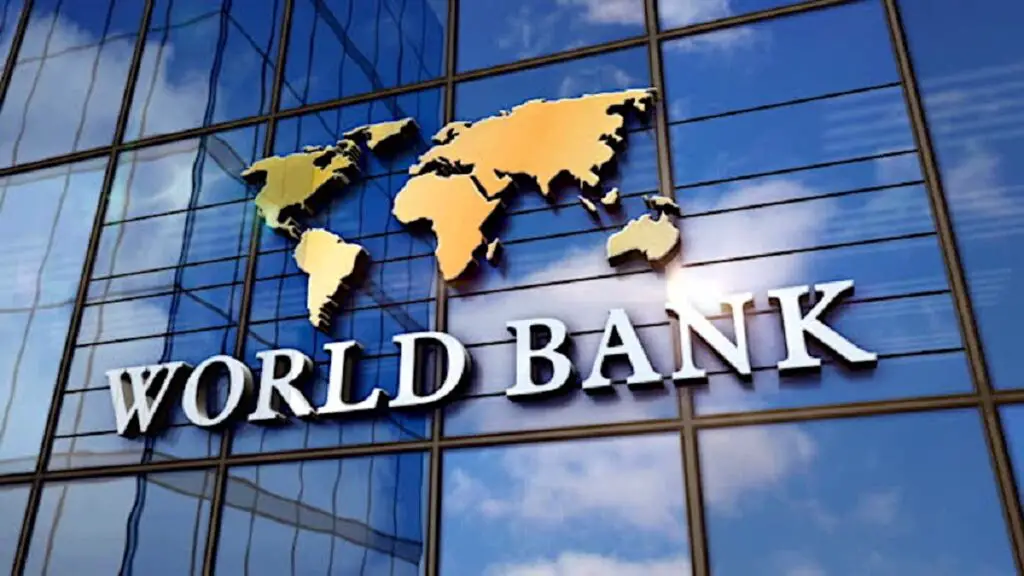Since Covid-19 struck, developing nations have been battered by global external forces further dampening their growth prospects.
- Under the World Bank’s income classifications, the world currently comprises 28 low-income, 108 middle-income, and 81 high-income economies.
- Worse, the World Bank says, in more than a third of the poorest countries, incomes per head will be below 2019 levels in 2024.
Economic indicators for Kenya and other developing nations have continued to depict a grim picture over the past four years, according to a new World Bank report.
The global lender states that economic growth prospects for developing nations, including Kenya, for the first four years of the 2020s have proven to be the weakest in almost 30 years.
According to the World Bank’s January economic forecast report, the average growth rate for developing nations during the period under review is 3.4 per cent, lower than it has been since the 1990s.
“Years between 1990-94 recorded the lowest average rate of 2.2 per cent. On the other hand, years between 2005-09 recorded the highest rate at 6.3 per cent, followed by 2010-14 at 5.9 per cent,” the report explains.
Between 2015-19, 2000-04 and 1995-98 developing nations recorded average growth rates of 4.4, 5.5 and 3.8 per cent, respectively.
Read also: The Intersection of Sustainability and FinTech in Developing Nations
Developing nations worst hit by global shocks
Since the COVID-19 pandemic struck, developing nations have been further battered by global external forces dampening their growth prospects.
The lender states that the consequences of these shocks, exacerbated by the longer-term slowdown in world trade growth, increasing protectionism, the accumulation of debt, and the worsening climate crisis, are grim.
By the end of 2024, economic activity in these economies is expected to be about 5 per cent below the levels projected on the eve of the pandemic.
Worse, the World Bank says in more than a third of the poorest countries, incomes per head will be below 2019 levels in 2024.
This will have far-reaching effects: the impoverished and insecure will find it hard to improve their human capital or that of their children. Today’s disasters will radiate far into the future.
Under the World Bank’s income classifications, the world currently comprises 28 low-income, 108 middle-income, and 81 high-income economies.
Constituting about 75 per cent of the world’s population, middle-income countries today account for about 40 per cent of global economic activity, 50 per cent of the world’s extremely poor people, and 60 per cent of global carbon dioxide emissions.
The World Bank echoes these concerns, noting that global growth in the past year decelerated significantly due to heightened inflation, increased interest rates, reduced investment, and supply disruptions resulting from Russia’s invasion of Ukraine.
Future outlook
The World Bank now projects that if this is to continue, the global economic growth of 1.7 per cent in 2023 will grow slightly this year to 2.7 per cent, with a widespread downturn expected.
The forecasts for 2023 were revised downward for 95 per cent of developed economies and nearly 70 per cent of emerging market and developing nations’ economies.
In October of last year, the International Monetary Fund (IMF) revised its economic outlook for Kenya, lowering the growth projection to 5.0 per cent from the previous estimate of 5.3 per cent in April.
Despite being an improvement from the previous year’s 4.8 per cent, the downgrade was attributed to the lingering effects of COVID-19, from which the country is still recovering.
At the same time, the IMF projected global growth to slow to 2.9 per cent last year, down from 3.5 per cent in 2022. Globally, the IMF anticipated a slowdown in growth to 2.9 per cent in the previous year, compared to 3.5 per cent in 2022.
To ease pressure on these countries, the IMF now states that poor countries and developing nations affected by climate disasters should not be compelled to grapple with crippling debt payments as urged by the head of the global lender before a global summit on climate finance.
Kristalina Georgieva, managing director of the IMF, emphasized that providing debt relief to countries experiencing extreme weather events is urgent.
With extreme weather intensifying globally, countries already burdened by debt cannot afford to service their debts, especially during a period of high interest rates.
